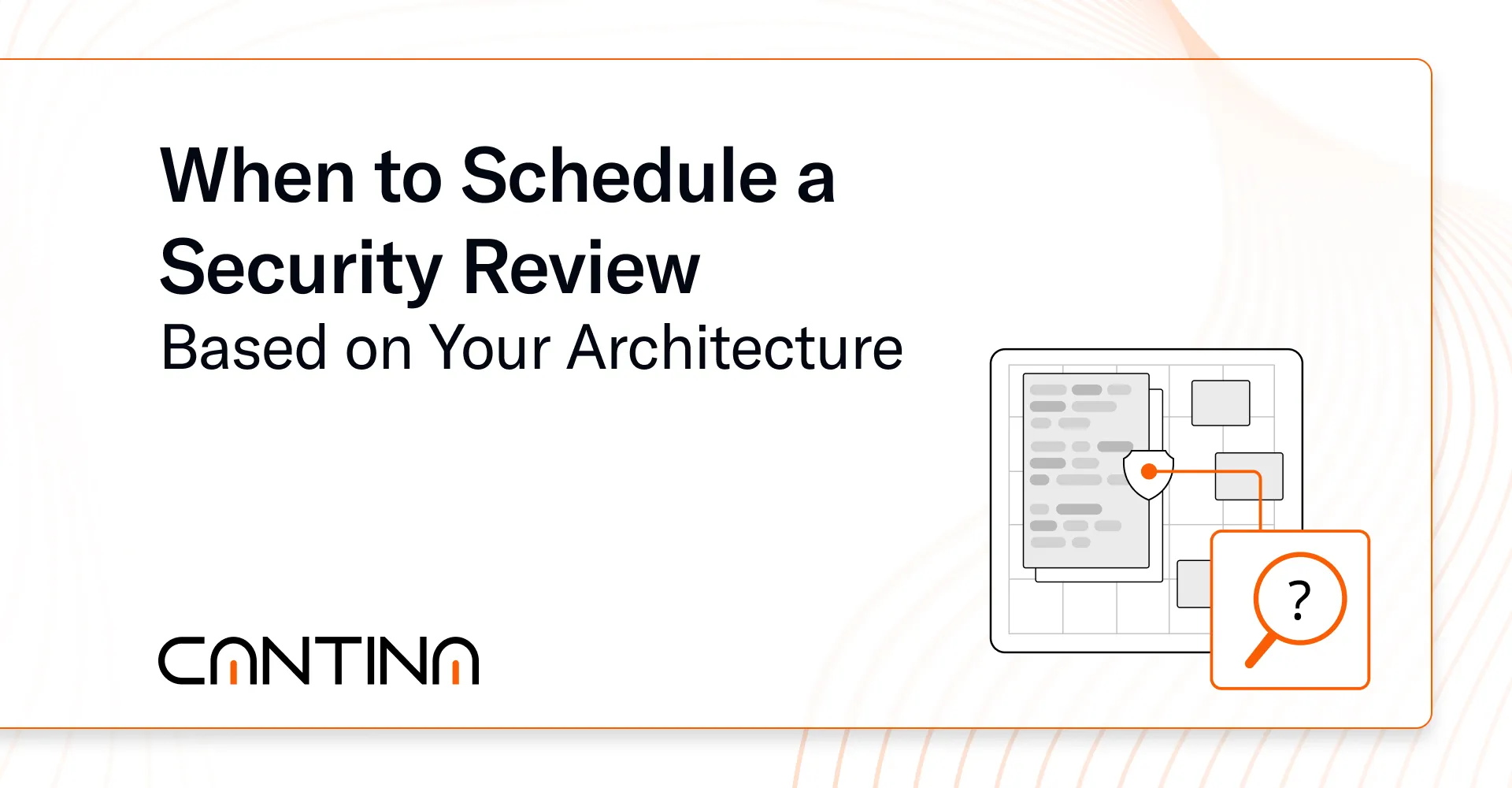Security reviews create the most value when they are aligned with the code’s maturity. If scheduled too early, feedback remains shallow. If scheduled too late, key risks can already be incorporated into crucial architecture. This guide outlines how to align review timing with architectural milestones to avoid wasted cycles and missed threats.
Why Timing Drives Impact
The best security reviews are not reactive. They begin with finalized interfaces, scoped modules, and a test suite that reflects the system’s intended behavior. Without those in place, reviews shift toward incomplete design critiques and lose depth.
Organizations that time reviews to architectural readiness consistently see better outcomes: faster iterations and fewer delays at launch.
Avoid Common Scheduling Pitfalls
Poorly timed reviews often share similar problems:
- Critical modules submitted before architecture is locked
- Teams continue adding features during the review window
- Review timelines slip due to unclear expectations or undocumented logic
These scenarios lead to diluted findings and additional engagement cycles. Maturity and scope alignment are necessary prerequisites.
Coordinate Internally Before Review Begins
Once you’ve identified the right moment to engage, preparation becomes coordination. Align with stakeholders on:
- Which modules or contracts are in scope
- Where the code lives and how it’s deployed
- Who will own feedback resolution
- Whether documentation and test coverage reflect intended behavior
Explore Next Steps
If your system is approaching review readiness, baseline your posture with our Review Readiness Checklist. It covers architectural clarity, access controls, and failure modeling.
Cantina works with leading DeFi organizations to structure and deliver high-touch reviews with clarity, precision, and minimal coordination overhead.
To align your system with a review format that matches its stage, contact us. We’ll help you move forward confidently.




